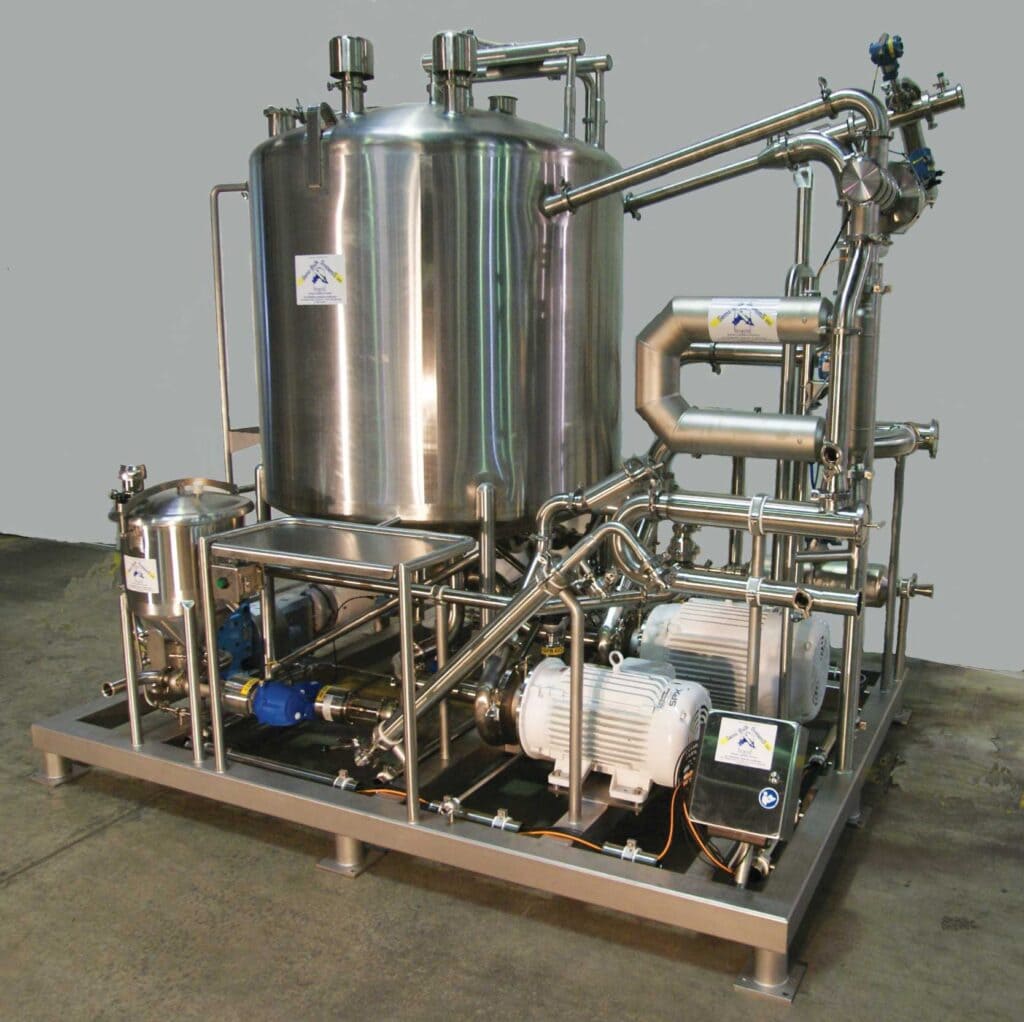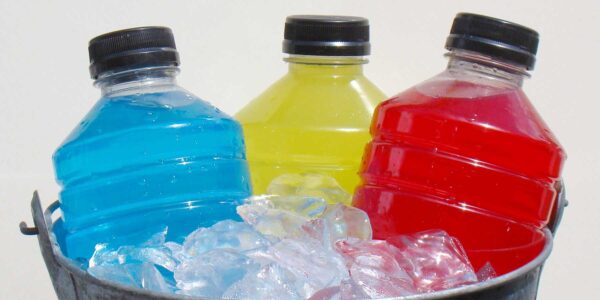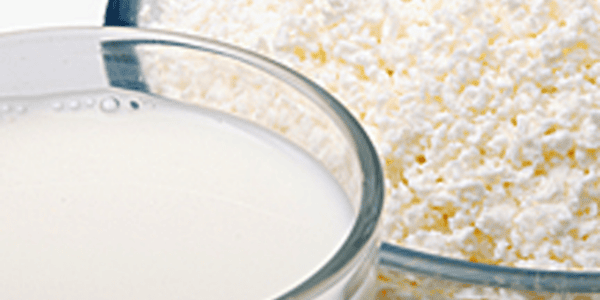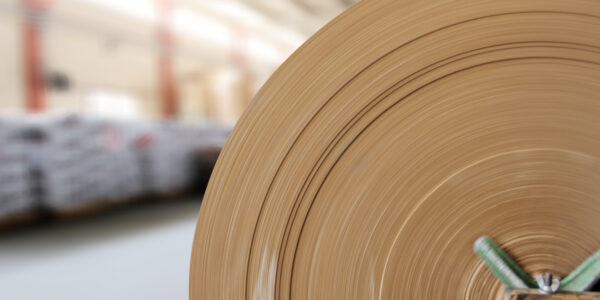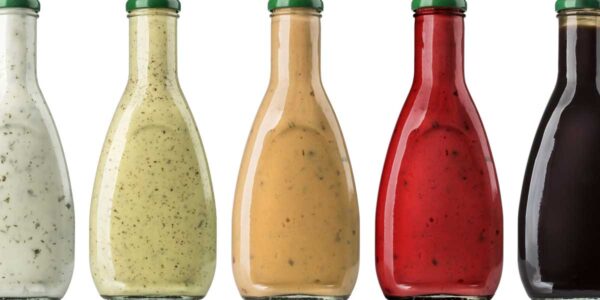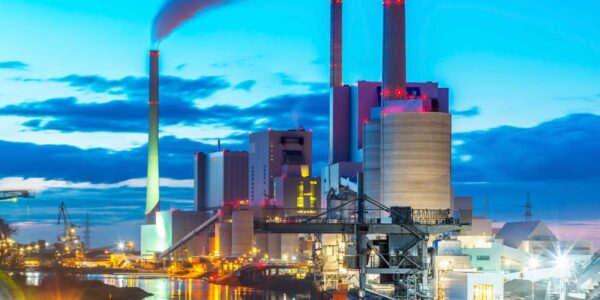Frequently Asked Questions
FAQs
Learn more about Semi-Bulk Systems history, our team, certifications and the installations we’ve done around the world.
General Questions
Single Pass – The liquid passes through the VACUCAM® Ejector Mixer only once to inhale the desired amount of powder.
Batch Recycle – The liquid and slurry is recirculated through the VACUCAM® Ejector Mixer until the desired amount of powder has been added into the liquid.
Continuous Steady State – The liquid is recirculated through the VACUCAM® Ejector Mixer into a mix tank until the desired powder/solids ratio is achieved. This liquid/slurry is then sent off to the process while continuing to add liquid into the mix tank to maintain this ratio.
See the VACUCAM® Ejector Mixer section of our web page for more details.
Yes. We can demonstrate our mixing technology in our Pilot Plant, either with standard powders or with customer provided materials. See the Literature Request page and request information on Pilot and Field Trails.
We have a complete test facility in St. Louis, MO where we can simulate the VACUCAM® Ejector Mixer slurry processes and the Air-Pallet® Container fill, pneumatic transfer and unload processes. Our lab is equipped to handle flammable solvents as well as difficult powders. Contact Iris Freidel, Ron Bentley or Jeff Doherty for additional details.
The charge for testing depends upon the hazardous nature of the liquids and powders used and the batch sizes. To get a price sheet and detailed information, go to the literature request page and click on Pilot and Field trial information. We’ll send you an email with all the details.
Semi-Bulk Systems is a provider of processes typically comprised of a number of modular components used for handling dry solids that ultimately will be conveyed dry or delivered into a liquid stream. We design and provide all or most of what is needed to address these complete processes or literally as much as the ultimate end user desires. Although Semi-Bulk Systems does not provide installation services, we will either work with your preferred installers or recommend one of our installation alliance partners who we will work closely with to achieve a seamless result.
We provide processes that cost anywhere from a few thousand dollars to several million dollars. Our primary goal is to provide value regardless the price level of the scope. To that end, we will work closely with you from “hello” to “see P.O. attached”. This can sometimes be a relatively short period or take years. We understand the need to demonstrate value regardless of the cost. That is why we used our decades of experience to develop the ProcessXstreamLining examples. Once our customers have taken the time to understand what we will deliver and what will be realized in operational benefits, they find working with our team doesn’t cost…it pays!
Please contact us here for information on who to call to get system pricing and details.
FAQs
Learn more about Semi-Bulk Systems history, our team, certifications and the installations we’ve done around the world.
Usage Questions
Powder convey and mixing rates depend on the characteristics of the powder being handled, specifically, its liquid demand, as well as the diameter and length of the convey hose. Maximum powder convey and wet rates could be as high as 5 lbs of powder per gallon of liquid pumped through the VACUCAM® Ejector Mixer. Lower rates are designed into the system for thickening agents and low solids mixtures.
Powder flow rate can be controlled with careful selection of the diameter and length of the powder convey hose. A controlled rate feeder (either volumetric or gravimetric) can be used if accurate control of the powder flow rate is required.
There is a practical limit of convey distance with each powder. Light powders, like silica, can be conveyed 150 feet or more at a rate of 75-100 pounds per minute, while others, like certain pigments, require much shorter convey distances, i.e. 10 – 15 feet. The desired powder rate and distances for the convey are carefully reviewed during the system application process.
We have 3 housings: The A Mixer (50-75 GPM) the B Mixer (75-150 GPM) and the C Mixer (250-1000 GPM) with powder convey and disperse rates matched from 1 to over 1000 pounds per minute.
No. The powder is allowed to reach its own steady state flow rate into the mixer. This rate can be modified through the use of different size convey lines, mixer bodies, orifices, etc. If it is desired to change the powder/liquid mix on the fly, a steady state control scenario can be used. This would adjust the amount of liquid being added into a mixing tank to give the desired solids/liquid mix ratio.
For many of our customers in food and beverage making, there are generally two (2) temperature related factors used in determining liquid temperatures in dry/solids mixing. Reducing mixing time and improving mix results by adding heat, and adding the heat required to produce sugar syrups or to “melt” sugar solids.
The EJM will produce maximum vacuum when delivering ambient water at the design flow rates for a given mixer size at or moderately above sea level. High elevations or temperatures over 150deg. F. will reduce the vacuum levels and powder delivery rates which when too excessively high (+5,000 ft) (+ 175 deg. F.) can be unworkable for dense phase conveyance of solid particles. Most customers who elevate the liquid temperatures to improve mix time and/or mix quality, will find they will achieve a higher level of both, using ambient or even cold liquid flows through the EJM.
Eductors are often used for adding dry solids into a liquid stream although they are better suited to combining two liquid streams. Using them for dry/liquid deliveries will often require a mix vessel or processor to achieve mixing the two streams into a slurry. The Vac-U-Cam (Vacuum convey and mix) Ejector mixer (EJM) may appear to be similar to an educator from the outside but is actually very different in both design and function. The EJM involves forcing a design flow of liquid through a concentric space or gap which results in producing a high velocity mist or “fog” of a liquid conical flow. This flow will ultimately generate nearly a perfect vacuum which conveys solids onto the heart of the dense atomized liquid particles, allowing complete dispersion of each dry solid particle into countless liquid particles. This we call “Dynamic Dispersion” which along with other design and operational parameters, results in a homogeneous, agglomerate free mixture or slurry. Watch this video on how the VACUCAM® works.
FAQs
Learn more about Semi-Bulk Systems history, our team, certifications and the installations we’ve done around the world.
Air-Pallet® Container Questions
The Air-Pallet® Container is a Flexible Intermediate Bulk Containers (FIBC), designed for the environmentally and ergonomically sound shipping and handling of dry powders. A unique returnable, reusable, flexible packaging system providing a totally enclosed environment for filling, transporting and unloading. The Air-Pallet® Container is DOT and U.N. approved for reuse when transporting hazardous chemicals. Visit the Air-Pallet® Container page for additional details and request the Air-Pallet® Container brochure.
As the Air-Pallet® Container will have residual powder (<0.25 kg) remaining from the unload process, it is suitable for materials that do not become rancid, or where minor cross contamination is not an issue. Products shipped in the Air-Pallet® Container include colored pigments, dyes, various grades of filter carbon and carbon black, PVC resin, metal catalysts, lead, nickel, starch, filter aids, diatomaceous earth.
The average life depends upon the care taken in handling the Pallets. A forklift will win every time. With that in mind, the average life of an Air-Pallet® Container is approximately 5 years. We have customers with fleets over 7 years old that have yet to be rehabilitated.
Yes, unless the Container is completely crushed, we can repair and re-certify the Container for a fraction of the cost of a new one. Request our rehab information for more details.
Yes, they are approved for the use and re-use for transportation in commerce of solid hazardous materials, Packaging Groups II or III, authorized by 49 CFR 172.101 and Part 173 to be shipped in UN13L2 FIBC’s; specifically hazardous class / division 4.1, 4.2, 4.3, 5.1, 6.1, Class 8 and Class 9 as appropriate.
Approximately 8 weeks after approval of the drawing package.
The sidewall material of the container is conductive. The sidewall material is affixed to the base with a metal main clamp. When filling or unloading an Air-Pallet® Container, you connect a building ground to this main clamp, thereby grounding the entire Container, preventing build-up of static electricity.
Yes they can. You will need to utilize a specially prepared patch and repair kit available from Semi-Bulk and use our recommended procedure.
Customized Process Xstreamlining Solutions
Semi-Bulk Systems, Inc. is considered a true partner in developing specific processes customized to maximize competitive and profitability positions. Our patented processes; our modular skidded approach to provide a Total Solution for both dry side and dry/liquid mixing; and our focus on providing major benefits vs. traditional processes have revolutionized the markets we serve including Beverage, Dairy, Food, Health & Beauty, Paint & Coatings, Paper, Power Generation, Chemical Manufacturing and more!
Do you need process improvement to increase efficiency, lower process costs, save labor costs, and increase your bottom line? Our Process XStreamlingsm solutions can help you accomplish these goals.

